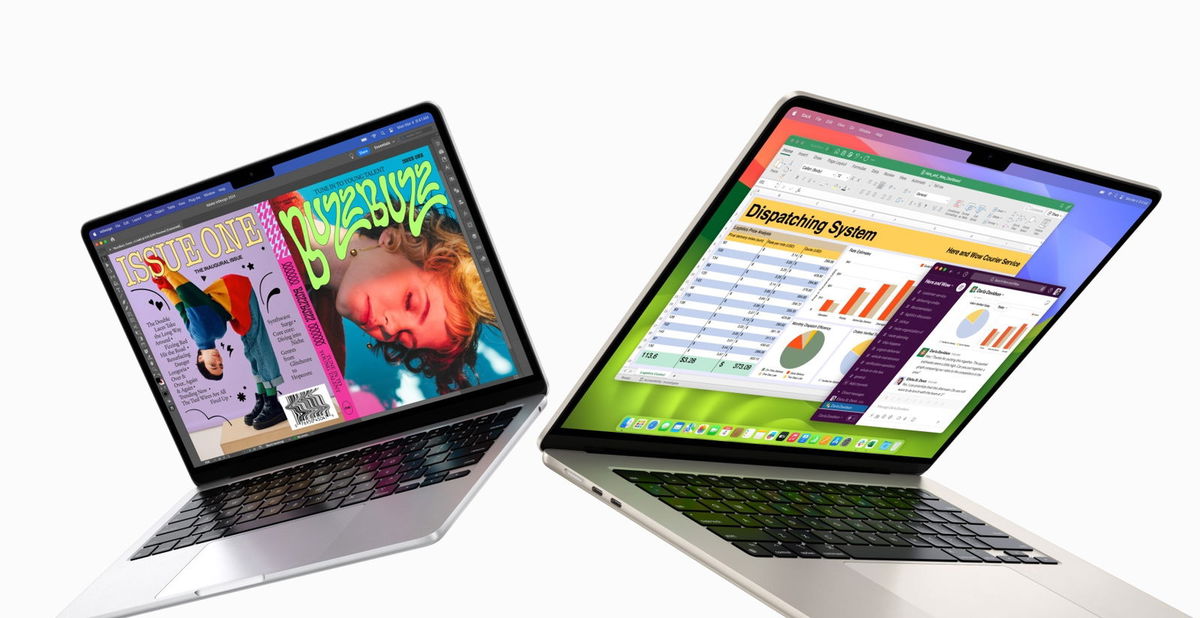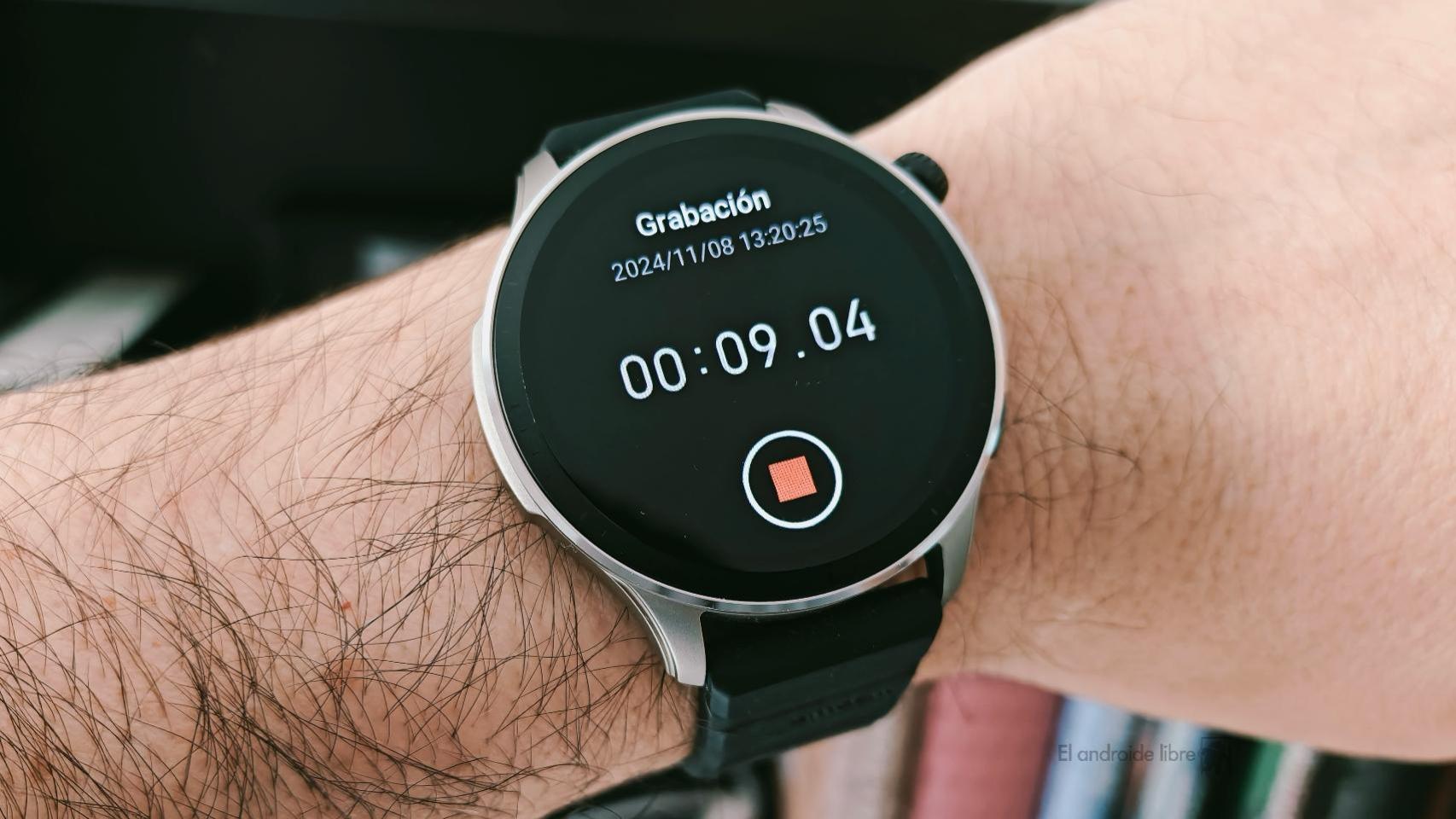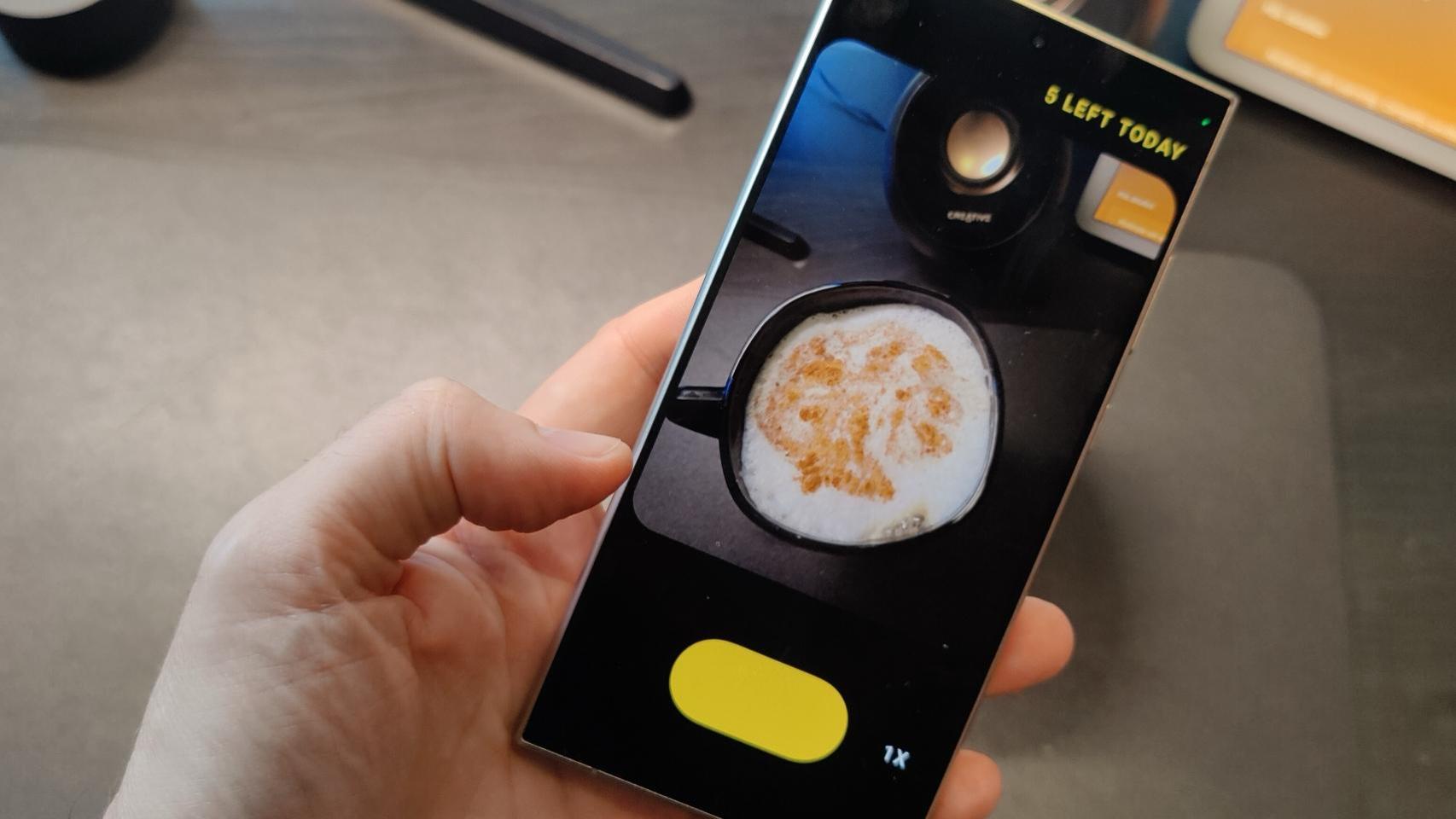the iPhone and Apple Watch hide a series of measures on mobility among your collected health data. Measures that can help us control and monitor patients remotely, as Stanford University said last week. These features are worth taking a look at to become familiar with these features, which came out last year with the latest software releases.
Mobility measurements carried out anywhere and without a laboratory
With the release of iOS 14 and watchOS 7
Keep in mind that there are a total of 6 variables, each measured by the iPhone or Apple Watch. Depending on the device, we get one variable or another, because the Apple Watch is not always the most suitable (against what one might think). Thus, the mobility metrics measured by the two are as follows:

- Step length, iPhone: Measure the distance from one step to the next.
- Walking speed, iPhone: calculate how fast you can walk on level ground.
- Speed up the stairs, Apple Watch.
- Gait asymmetry, iPhone: monitors the difference between the steps of each leg, to detect lameness.
- Double support time, iPhone: how long we support each other on both feet, it is normal for 20-40%.
- Go down the stairs, Apple Watch.
At first glance, it seems that measuring hip movements with the iPhone is much more accurate than with a watch. Where it is used is in the stairs, we understand that by the using the barometer to measure altitude differences. Although the barometer is present at least from the Apple Watch Series 3, the Apple Watch Series 6 incorporates constant measurement.
These metrics are worth reviewing and configuring in the main dashboard of the Health app. Just go to the Explore tab> Mobility and play around with these variables a bit to find something interesting.









